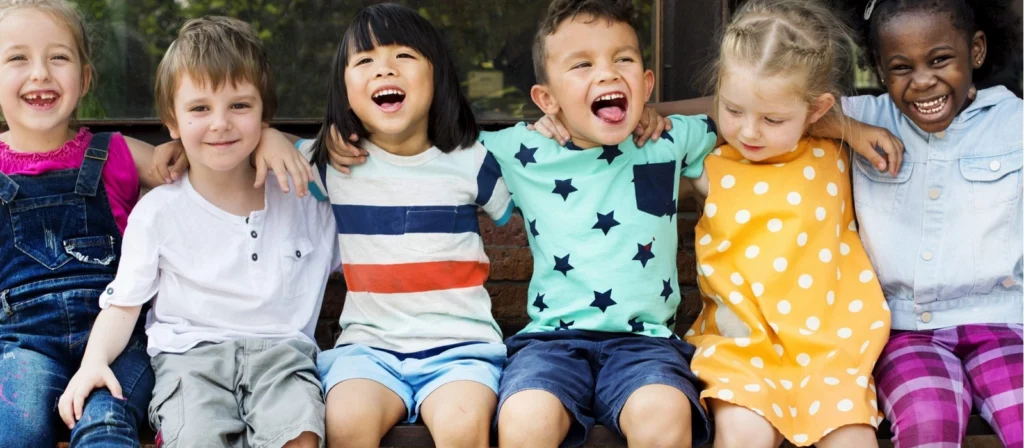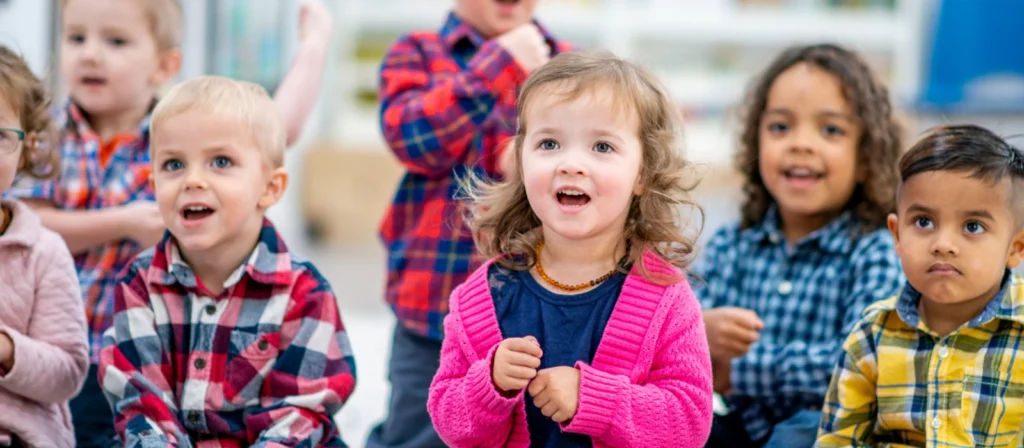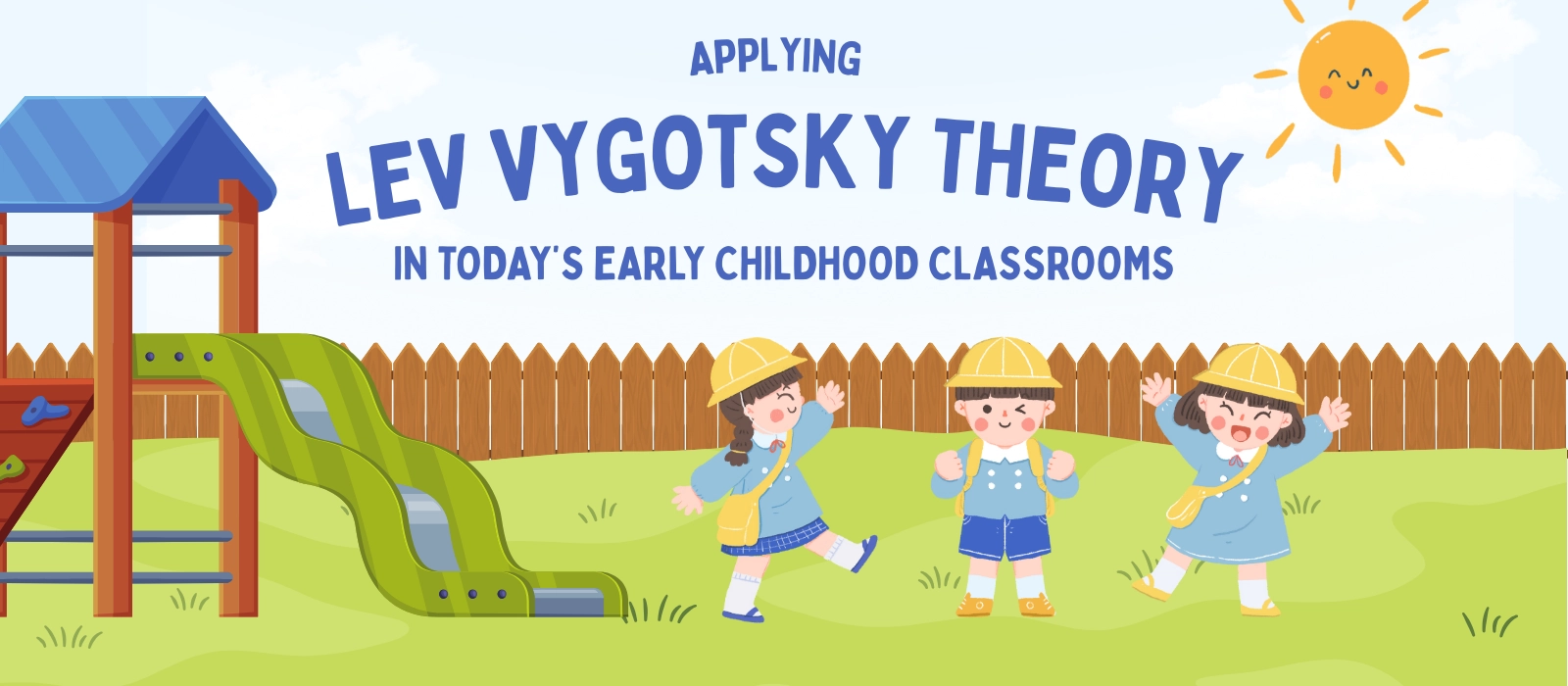In a world where education is rapidly adapting to new technologies, teaching methods, and cultural shifts, Lev Vygotsky Theory remains one of the most powerful and enduring frameworks in early childhood education. Developed nearly a century ago, his sociocultural theory emphasized that children learn best through interaction, guided support, and engagement with more experienced individuals — ideas that today’s educators continue to rely on in real classrooms.
Unlike theories that place development purely within the child’s mind, Lev Vygotsky Theory views learning as a fundamentally social process. Children do not grow in isolation — they develop through language, play, and collaboration with adults and peers. This perspective is especially vital today, as modern classrooms grow more diverse, interactive, and collaborative. Understanding this theory helps teachers move beyond rigid lesson plans toward dynamic, responsive teaching.
In this article, I’ll explore how Lev Vygotsky Theory can be practically applied in today’s early childhood classrooms. We’ll break down his core concepts, translate them into classroom strategies, and look at how preschool environments can be intentionally designed to reflect sociocultural learning principles. Whether you’re a preschool director, curriculum planner, or education supplier, this guide will give you clear, actionable insight into making Vygotsky’s ideas work today.
What Is Lev Vygotsky Theory and Why It Still Matters?
A Sociocultural View of Learning
Lev Vygotsky Theory—often referred to as the sociocultural theory of cognitive development—is a psychological and educational framework that emphasizes the role of social interaction, culture, and language in shaping a child’s cognitive abilities. Unlike traditional theories that frame development as a solitary process, Vygotsky believed learning happens first between people (interpsychological), and then within the child (intrapsychological). In other words, children internalize knowledge and skills through guided participation and meaningful social interactions.
The Life and Legacy of Lev Vygotsky

Born in 1896 in Russia, Lev Vygotsky was a psychologist, educator, and philosopher whose work was largely unrecognized in the West until decades after his death in 1934. Despite a relatively short academic career, his writings—particularly on the concept of the Zone of Proximal Development (ZPD)—profoundly influenced modern educational theory and practice. Today, Lev Vygotsky Theory serves as a foundation for constructivist teaching methods, collaborative learning strategies, and play-based education models in classrooms around the world.
Relevance in Contemporary Education
What makes this theory especially relevant today is its deep alignment with how young children actually learn. Modern research in neuroscience and pedagogy has continued to confirm what Vygotsky proposed nearly a century ago: that emotional safety, social context, and adult mediation are crucial for optimal cognitive development. This is particularly critical in early childhood education, where students are developing core functions like language, self-regulation, problem-solving, and abstract thinking.
In today’s classroom, recognizing the importance of peer-to-peer interaction, guided discovery, and contextually rich environments isn’t just good practice—it’s essential. As educators seek to personalize learning and support diverse learners, Lev Vygotsky Theory offers both a timeless philosophy and a practical roadmap for making learning deeply human, responsive, and effective.
Core Concepts of Lev Vygotsky Theory in Education
Lev Vygotsky’s ideas are not just theoretical; they are directly tied to specific strategies that educators can use to foster deeper and more effective learning in children. Below are the key concepts that form the foundation of his theory and their significance in the modern classroom.

1. Zone of Proximal Development (ZPD)
ZPD is arguably the most influential element of Lev Vygotsky Theory. It refers to the range between what a child can do independently and what they can achieve with appropriate guidance and support. In practice, it means that educators should not only assess what a child already knows but also what they are ready to learn next—with help.
In a preschool context, a teacher identifying a child’s ZPD might notice that a child can stack blocks alone but needs assistance to build a more complex structure. The teacher’s role is to offer just enough support to help the child complete the task, slowly withdrawing help as the child gains competence.
2. Scaffolding
Closely linked to ZPD is the concept of scaffolding—temporary and adaptable support provided by teachers or more capable peers to help a child master new tasks. Scaffolding isn’t static; it requires the teacher to observe, interact, and adjust the level of help based on the child’s responses.
Examples of scaffolding in early education include prompting a child with leading questions, modeling a new behavior or skill, or breaking down a complex task into smaller steps. Effective scaffolding empowers children to gradually take more control over their learning.
3. More Knowledgeable Other (MKO)
The MKO is an individual—often a teacher, caregiver, or peer—who has a higher level of knowledge or skill in a particular area. According to Lev Vygotsky Theory, learning is most effective when it occurs through interaction with an MKO. In modern classrooms, MKOs are not limited to adults; even peers can take on this role during group activities.
For example, during a shared reading session, a more advanced reader can support a peer by sounding out unfamiliar words or discussing the story. This shared social learning is foundational to Vygotsky’s vision.
4. Language as a Tool for Thought
Language plays a central role in Lev Vygotsky Theory. He believed that language is not just a means of communication, but a fundamental tool for cognitive development. As children engage in dialogue—both with others and through “private speech” with themselves—they develop reasoning, problem-solving skills, and self-regulation.
Teachers can harness this by encouraging discussion, asking open-ended questions, and giving children time to reflect verbally. Classrooms that prioritize conversation and storytelling naturally align with this part of the theory.
These core concepts make Lev Vygotsky Theory highly actionable. They offer educators a practical framework to design learning environments and interactions that are both socially rich and cognitively stimulating.
Applying Lev Vygotsky Theory in Preschool Classrooms
While the theoretical foundations of Lev Vygotsky Theory are powerful, they become even more valuable when put into action. Applying his ideas in early childhood classrooms helps create developmentally appropriate, socially engaging, and intellectually stimulating learning environments. This section explores how the core concepts discussed above can be translated into practical teaching strategies.

Creating ZPD-Based Learning Experiences
To effectively apply the Zone of Proximal Development, teachers need to carefully assess each child’s current capabilities and determine their next steps in learning. This requires close observation, formative assessment, and an understanding of each child’s unique pace of growth. Teachers can then design activities that fall within the child’s ZPD—challenging enough to promote development, but achievable with guided support.
For instance, in a math lesson, a teacher might pair children with different skill levels to solve simple problems together. The more advanced peer (acting as the MKO) helps the other, while the teacher circulates, providing prompts and encouragement. This collaborative approach reinforces learning through peer interaction and promotes shared responsibility for growth.
Scaffolding Through Intentional Interaction
Scaffolding is most effective when it is dynamic and responsive. Teachers should adapt their support based on the child’s behavior, gradually reducing assistance as competence increases. In practice, this can take many forms:
- Modeling how to use a new tool or material before inviting children to try it themselves
- Offering sentence starters or visual aids to help children express thoughts
- Asking open-ended questions like “What do you think will happen next?” or “How can we solve this problem?”
These strategies encourage children to reflect, take initiative, and move toward independence.
Facilitating Peer Learning and Cooperative Play
Lev Vygotsky Theory strongly supports the idea that children learn through social interaction. Educators can facilitate this by creating opportunities for peer collaboration, cooperative games, and group problem-solving tasks. Mixed-ability groups, buddy systems, and rotating classroom roles all promote peer teaching and inclusive engagement.
An example would be a pretend play center where children take on roles like shopkeeper, customer, or cashier. Through role-play, they practice negotiation, language, sequencing, and numeracy in a highly interactive and meaningful context.
Designing Language-Rich Classrooms
Language is central to learning in the Vygotskian framework. Classrooms should be filled with opportunities for children to talk, listen, ask questions, and express ideas. Teachers can:
- Encourage storytelling, both oral and written
- Use dialogic reading strategies during story time
- Create a print-rich environment with labels, charts, and visual schedules
- Build time for small-group discussions and reflection circles
These practices not only support language development but also strengthen memory, comprehension, and social-emotional learning—all essential parts of early childhood education.
By integrating these practices into daily routines, teachers make Lev Vygotsky Theory come alive. The result is a preschool environment where children feel supported, challenged, and empowered to grow through meaningful relationships and thoughtful instruction.
How Lev Vygotsky Theory Guides Curriculum and Instructional Design
Beyond daily interactions, Lev Vygotsky Theory plays a vital role in shaping curriculum and instructional planning. It encourages educators to go beyond standardized content and instead focus on the child’s zone of readiness, collaboration, and exploration. This makes the curriculum not just a list of topics, but a dynamic roadmap for development.
Curriculum Based on Developmental Readiness
Designing a curriculum through the lens of ZPD means recognizing that children grow at different rates. Rather than pushing every student through a fixed program, teachers can tailor activities based on what learners are ready to grasp with support. Early childhood programs that use developmental checklists, observation records, and portfolio assessments are already aligned with Vygotsky’s theory.
For example, a literacy curriculum might introduce phonemic awareness through group rhyming games before moving into individual phonics instruction. The goal is to scaffold children from shared experiences to independent mastery.
Integrated Learning Through Social Contexts
Vygotsky believed that learning should be embedded in real-life situations and social exchanges. This calls for thematic, interdisciplinary units that reflect children’s everyday lives. Teachers can design projects around topics like “community helpers” or “weather and seasons,” combining science, language, math, and art into one holistic experience. Group tasks encourage peer collaboration and allow children to learn through dialogue, observation, and reflection.
Dynamic Role of the Educator
In Vygotsky’s model, the teacher is more than a transmitter of information—they are a facilitator, observer, and guide. Curriculum should provide space for flexible teaching, where the educator adjusts the content and strategy in response to children’s feedback. This dynamic role allows the teacher to recognize teachable moments and use them to move students through their ZPD.
A good example would be a teacher noticing that several children are fascinated by insects outside. Instead of sticking rigidly to the pre-planned science topic, the teacher uses this moment to explore bugs through books, drawings, counting legs (math), and storytelling—deepening engagement while meeting developmental goals.
Creating Inclusive and Culturally Responsive Learning Plans
Lev Vygotsky Theory underscores the importance of culture and context in cognitive development. In today’s diverse classrooms, this means embracing children’s home languages, family traditions, and lived experiences within the curriculum. Instructional design should reflect a variety of voices, encourage multilingual development, and offer materials that represent different backgrounds.
This approach not only supports language and identity development but also fosters empathy, curiosity, and global awareness from an early age.
By grounding curriculum and instructional planning in Lev Vygotsky Theory, educators can craft meaningful, inclusive, and developmentally appropriate experiences that truly support the whole child.
Conclusion
Lev Vygotsky Theory remains an invaluable guide for early childhood educators seeking to create learning environments that are social, dynamic, and responsive to children’s needs. Its relevance has only grown stronger in today’s fast-changing educational landscape. By focusing on social interaction, guided learning, and cultural context, this theory helps us craft classrooms where every child’s potential is recognized and nurtured.
At XIHA Furniture, we understand how deeply learning spaces influence development. That’s why our preschool furniture and classroom solutions are designed to support interaction, exploration, and engagement—aligning naturally with the principles of Lev Vygotsky Theory. When thoughtfully applied, this theory doesn’t just shape curriculum—it transforms entire classrooms into ecosystems of growth.
Whether you’re designing a new preschool or improving your existing learning environment, applying Vygotsky’s insights can help you build a space where children thrive—socially, emotionally, and intellectually.



